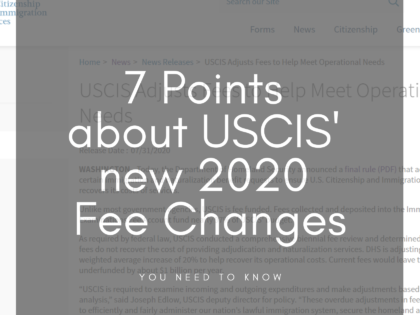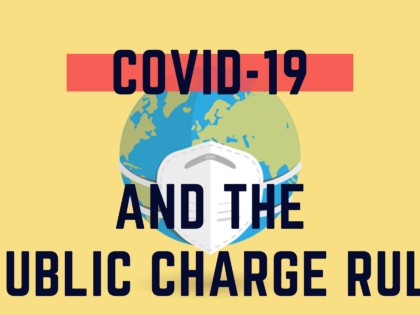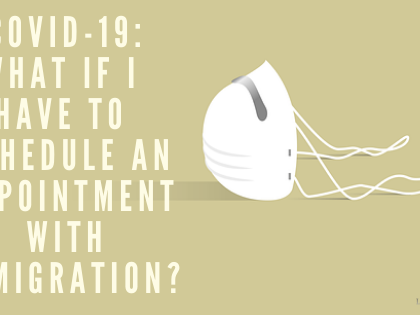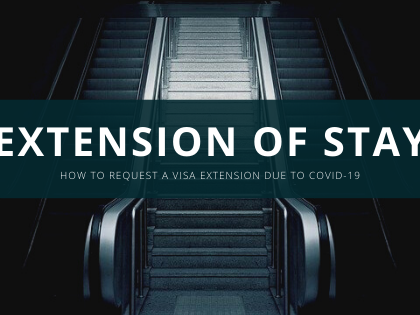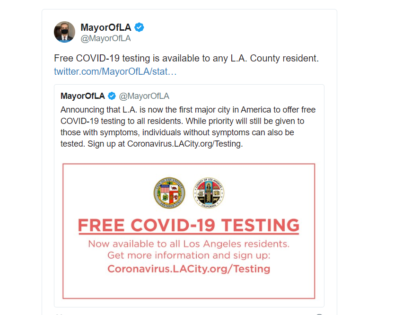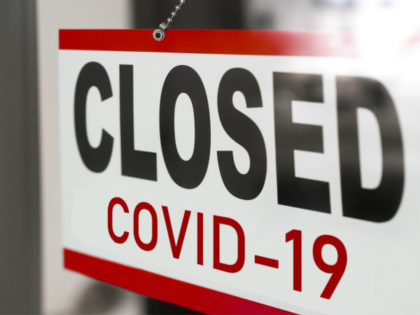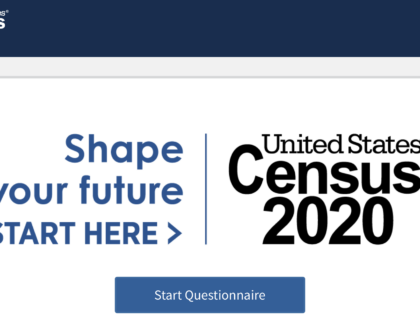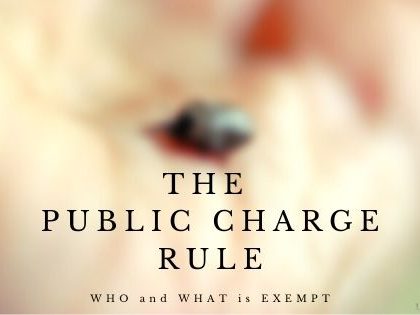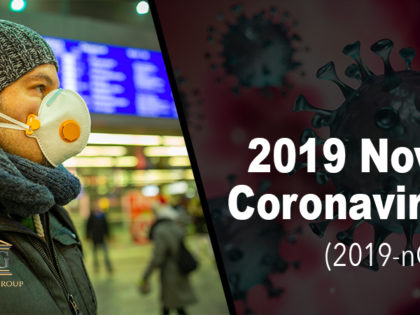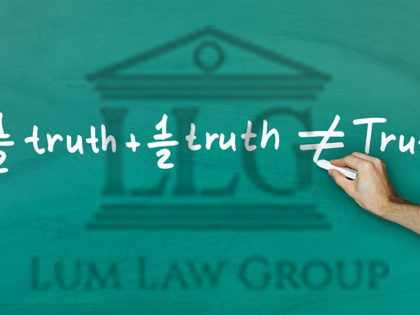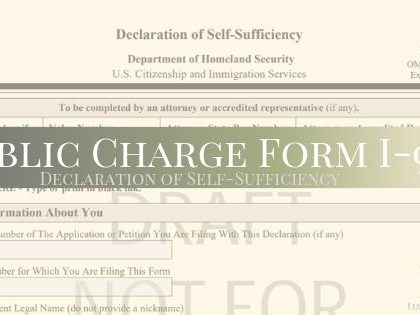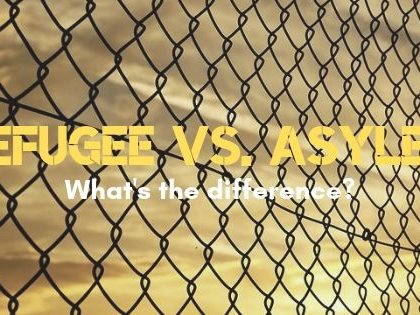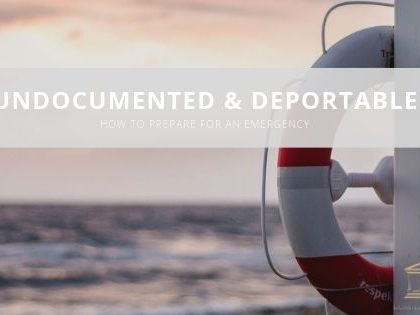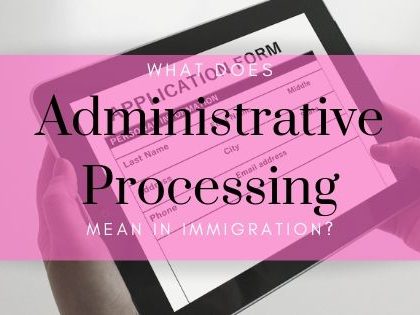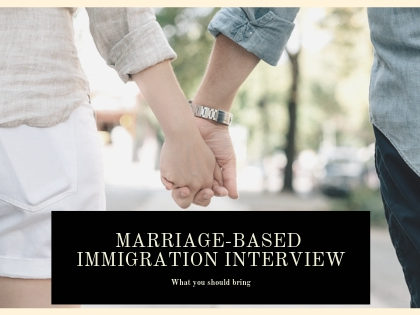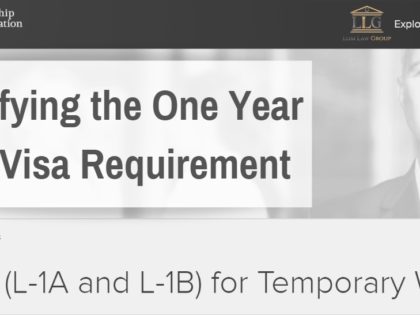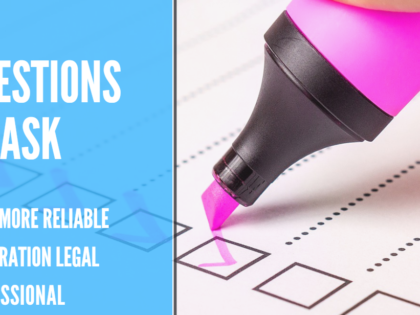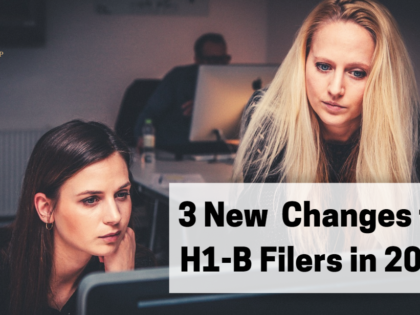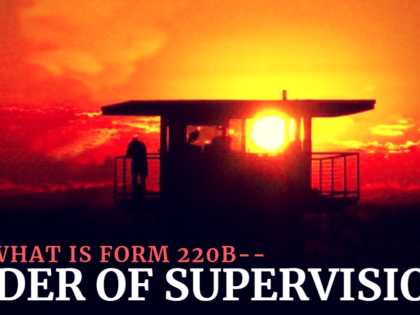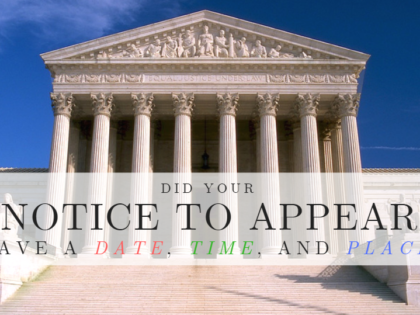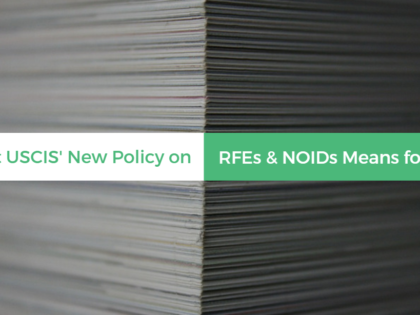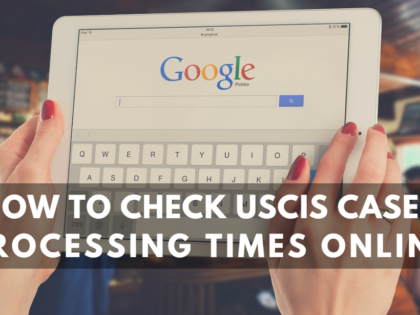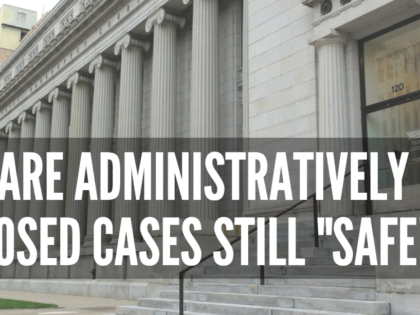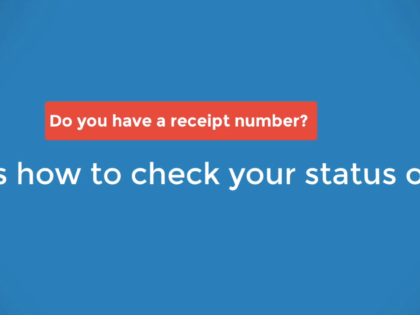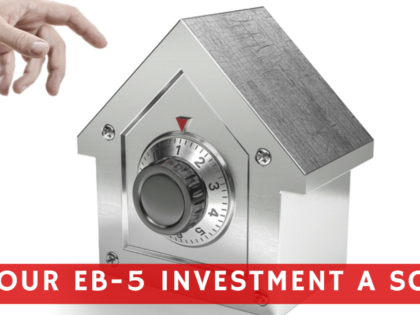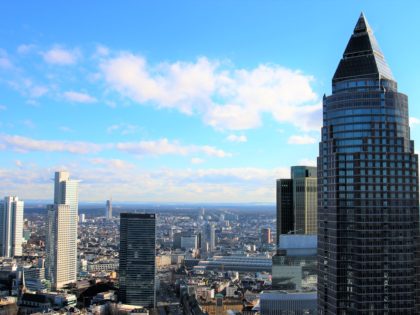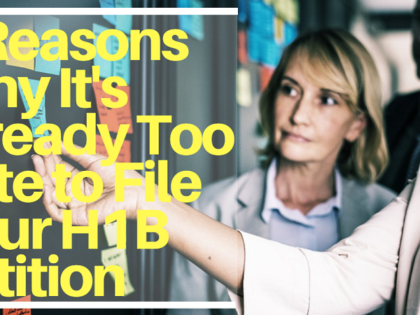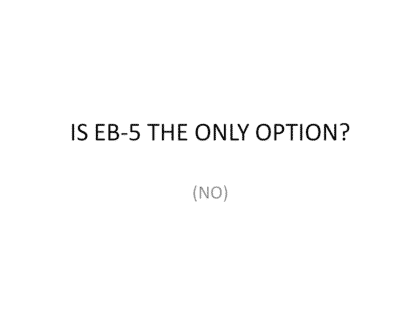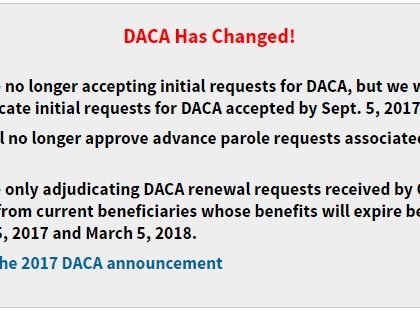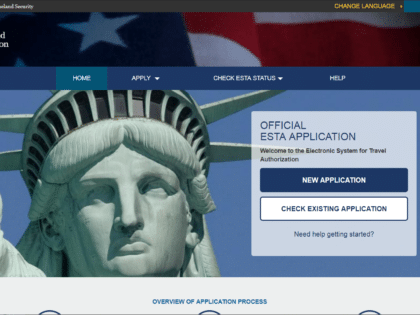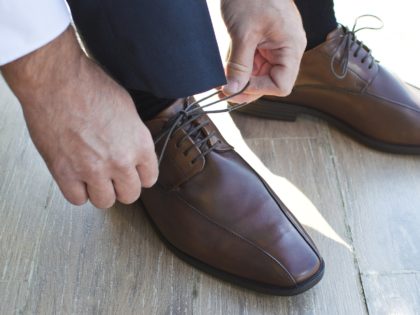How to Handle an Immigration (USCIS) Employment Site Visit
0 CommentsIf you’re an employer with employment-based petition(s), such as the Form 129 Petition, for your employees, you might find yourself face-to-face with audit officers from the Fraud Detection and National Security (FDNS) department. FDNS, or a third-party inspector, conducts site visits on behalf of United States Citizenship & Immigration Services (USCIS) to combat L-1 and H1-B fraud, among others.
Often, the visit begins with a phone call to verify the company’s information. If you have suspicions regarding an upcoming visit, or you receive advanced notification (rare), do contact your legal counsel immediately.
An Inspector Calls
When an inspector shows up and states they’re visiting regarding an employment-based application, always ask for identification. Note the inspector/officer’s name or ask them for a business card. If you have legal counsel, call them and inform them of the situation. Any interview or discussion with the inspector can take place with your counsel present, or present on the line (conference call/speaker phone).
The site visits can take place at any time of day, during business hours. Typically, the visit will last from 15 minutes to 1 hour. The best way you can be prepared for a site visit is to ensure your front desk personnel are aware of the possibility of an immigration inspection. Your front desk staff should be well-trained and know how to answer the phone, who works in which department, what each person’s title is, and who to contact if an immigration inspector calls.
Inspecting the Business
During a site inspection, you may be asked the following:
- to procure documents for review
- to speak with the inspector
- to speak with whomever signed the petition (if not you)
- to allow your employee (beneficiary) be interviewed
- to give a tour of the office
- to show the inspector the beneficiary’s workstation/office
New office L-1 petitions should be especially careful as to whether they’re current office, employee, or job requirements meet the hopeful specifications in their initial applications. FDNS often inspects L-1 petitioners with new offices due to their lacking business plans, confusing organizational structures, or managers who wear too many hats (in other words, beware startups!) Inspectors will pay close attention to whether your employee is performing the work described in your petition, possibly asking multiple people to describe their job title and responsibilities for possible discrepancies.
Inspecting the Employee
The beneficiary of the employment-petition (your employee) should be able to answer all questions relating to his or her application truthfully. In other words, he or she should know what was inputted, and be able to repeat the facts correctly. The inspector will ask for a description of the employee’s…
- day-to-day job duties
- academic and employment qualifications
- terms of employment
- working hours and total work week
- compensation and pay dates
- manager’s information
- the names and titles of people with whom the employee collaborates
- the details of recent work appraisals.
In addition, the employee should have on hand the following:
- valid identification documents
- business card for your company
- recent pay stubs
- copy of LCA
- latest Form W-2
If for some reason you do not have adequate information on hand, you can request an extension, or a second meeting with the inspector. This would be appropriate if a certain staff member handling the affairs is not present, such as your immigration person, the HR manager, or in-house counsel. If you do not have the requested documents and need more time to produce them, you can ask for an extension, a follow-up visit, or for USCIS to issue a Request for Evidence (RFE).
The Inspector’s Verdict
While you may try reading the inspector’s expression as they exit the door, keep in mind it’s not a guarantee of the result. The inspector will not tell you onsite whether you have “passed” the inspection. The only way you’ll find out if the inspector found your credible, and your petition valid, is via the mail you receive from USCIS.
If the site visit was to the inspector’s satisfaction, then the petition will be approved. If the inspection was not satisfactory, USCIS can issue an RFE for additional evidence, deny the petition, or even rescind a prior approval (often in the case of L-1 extensions, especially if the initial L-1 was a blanket approval).
If you’re expecting a site visit, interested in extending an existing L-1 visa, or petitioning for a new one, please contact one of our experienced attorneys for a qualified answer.




